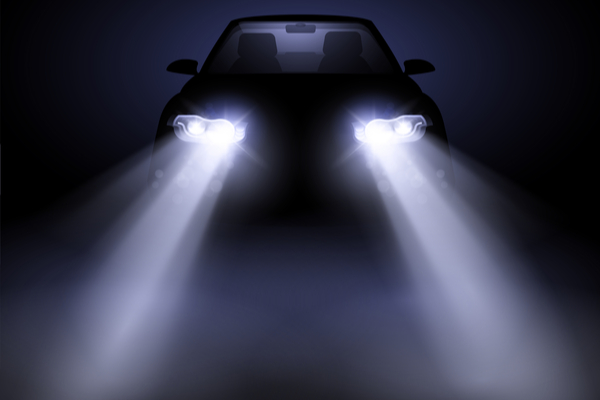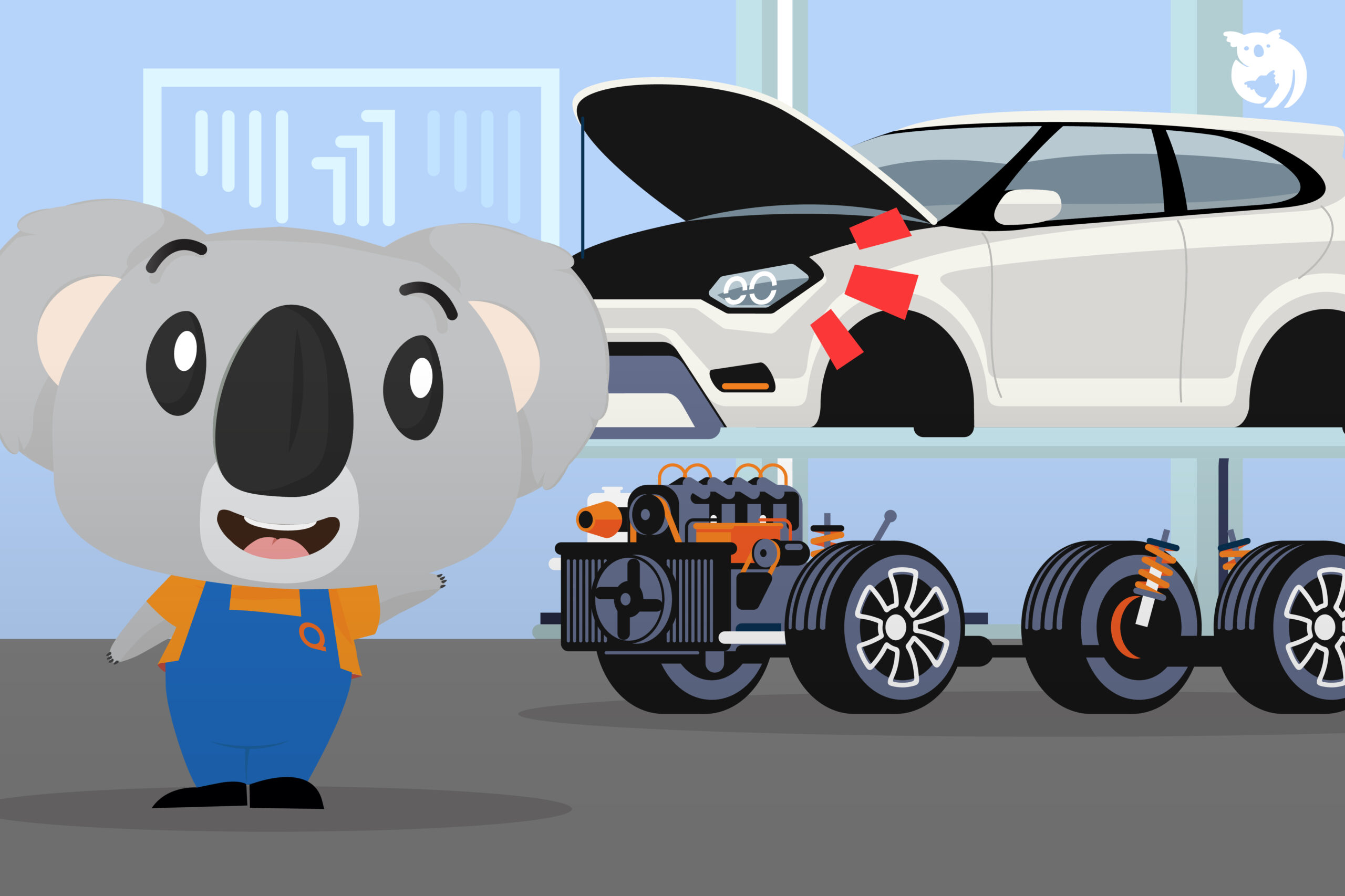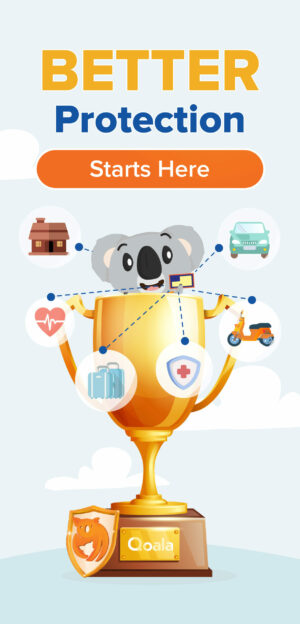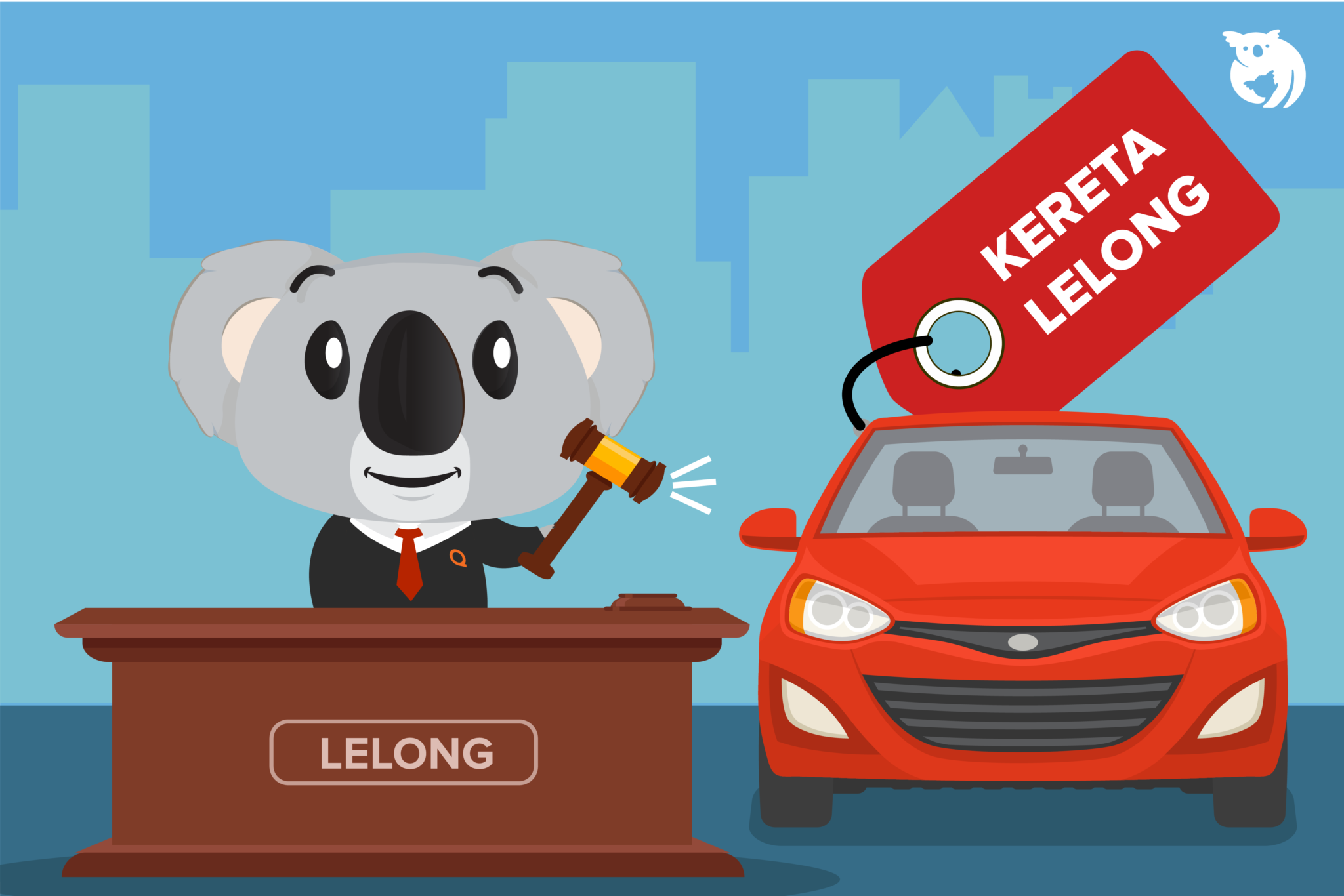Without car lamps, driving at night would be impossible, don’t you agree? Although they may seem like ordinary components, car lamps are often neglected. Moreover, in today’s era, car lamps not only serve as illuminators but also function as accessories to enhance the appearance of a vehicle. With the advancements in technology, there are various types of car lamps available in the market, each serving different purposes. So, what are the actual types and functions of car lamps?
Types of Car Lamps & Their Uses
Technology is advancing rapidly. While owning a car used to be solely for transportation purposes, the role of cars has now evolved. Some people buy cars out of necessity, to move from one place to another. Others purchase cars simply to add to their collection, and this involves maintenance and usage of the vehicle.
However, when it comes to collecting cars, the components added to them focus more on artistic value and aesthetics, in addition to their primary functions. The same goes for car lamps. Lamps are essential components that not only provide illumination but also serve as accessories to enhance the vehicle’s appearance and offer various benefits to the driver and others.
Let’s explore the different types of car lamps and their uses.
Halogen Car Lamps
Halogen car lamps are the most commonly used type of lamps in vehicles. Typically, halogen lamps are installed as the main headlights. These lamps produce a power output ranging from 35 to 55 watts.
For your knowledge, halogen car lamps work by operating a filament at a high temperature. They utilize filaments similar to incandescent bulbs, which produce brighter light when the filament operates.
HID (High-Intensity Discharge) Car Lamps
So, what sets apart halogen car lamps from high-intensity discharge lamps?
Basically, high-intensity discharge lamps are made without filaments. The light produced comes from igniting xenon gas contained within a bulb. Despite the absence of filaments, the light emitted is brighter compared to halogen lamps and has a longer lifespan, even without high power consumption.
The challenge arises when you want to replace high-intensity discharge lamps in your car. These lamps require a different electrical current, making the replacement process more complex as it necessitates the use of a ballast to balance the current.
LED (Light-Emitting Diodes) Car Lamps
You may already be familiar with LED lamps, known for their use as interior lights. In motor vehicles, LED lamps are commonly used for brake lights and license plate lights. However, nowadays, LED lamps are also frequently used as main headlights.
One of the advantages of LED car lamps is that they produce brighter and stronger light intensity while consuming less power compared to high-intensity discharge lamps. This is why many car owners prefer LED lamps.
However, installing LED lamps requires the addition of a relay and a conversion kit, which are usually available as a package when purchasing LED lamps. LED lamps come in various types, including:
- LED Limited: commonly used as main headlights due to their high power output.
- LED Cree: additional lamps typically used for braking and turning signals.
- LED COB (Chip and Board): these lamps consist of a series of chips on a board and are commonly used as cabin platform lights.
Types of Lamps Based on Function
Okay, here’s another piece of information. You can also differentiate types of car lamps based on the lamp material and their functions.
Daytime Running Lamps (DRL)
Daytime running lamps are headlights that should be turned on when driving during daylight hours. Depending on regulations and vehicle equipment, the function of daytime running lamps can be implemented using special lamps that function by controlling low-beam or fog lights at full or reduced intensity, controlling high-beam headlights at a reduced intensity, or continuous operation of front turn signal lights.
Compared to any other headlight operating mode used as daytime running lamps, specially designed DRLs maximize potential safety benefits and reduce fuel consumption, glare, and other potential drawbacks.
These lamps are located in the headlight assembly and will automatically turn on when the engine is started. To save energy, city lights often use LED lamps.
Tail Lights
Tail lights are red lights located at the rear of the vehicle, indicating that the car is stopping. These lights are usually integrated with the rear turn signal lights. LED lights are commonly used for their luxurious and futuristic appearance.
Low Beam Lights
The main function of low beam lights is to illuminate the road ahead of the car within a short distance, approximately 5 meters. Low-beam lights are commonly used at night on well-lit or busy roads.
High Beam Lights
Unlike low beam lights, high beam lights are used during nighttime driving in situations where the road is dark and there is little traffic. The range of high-beam lights is approximately 10 meters. Halogen bulbs are commonly used for high-beam lights, and they are usually controlled by the same switch as the low-beam lights.
It’s important to note that high-beam lights should not be used indiscriminately. They can cause temporary blindness or dazzle other drivers when they look into their rear-view mirrors.
You should only use high beam lights when there are no vehicles ahead, whether in the opposite direction or the same direction.
If you notice a tail of light from the vehicle in front, quickly dim your lights to avoid disturbing their driving. Not only can drivers be blinded by your actions, but road users such as pedestrians, motorcyclists, and cyclists can also be affected. We are advised to be considerate and show mutual respect on the road.
Fog Lamps
Fog lamps should be used when driving in foggy, stormy, heavy rain, or hazy conditions. These situations can affect visibility, and that’s where fog lamps come in.
Fog lamps help illuminate the road ahead and the sides, thereby improving driving clarity.
Fog lamps are located at the front and rear of the car. The new feature of rear fog lamps is designed to enhance the visibility of the vehicle to drivers behind. It is specifically designed to assist drivers in Europe who faces heavy fog or snowstorms, where visibility is similar to emergency haze conditions in Malaysia.
Rear fog lamps are usually brighter than front fog lamps. In fact, the level of glare is about 30 times higher than regular lamps. So, please only use them when necessary!
Hazard Lights
Have you ever seen someone using hazard lights while driving in the rain? Well, that’s actually wrong. Hazard lights, also known as flashers, are used to alert other road users about a hazard involving your own vehicle or another vehicle. They should be used when your car is stranded or temporarily stopped due to an obstruction ahead.
Using hazard lights while the car is in motion can cause the driver behind you to suddenly brake and result in a chain collision with other vehicles behind.
Brake Lights
Brake lights are easily recognizable as they are usually red in colour. These lights are located at the rear of the vehicle and indicate to other drivers that your car is stopping. They will shine brightly when you press the brake pedal. Always ensure that all your brake lights are functioning properly, including the third brake light.
Signal Lights
Signal lights have been a subject of controversy. They serve as indicators to other drivers that your car will be turning right or left. Signal lights are required to be yellow in color as a warning to the vehicles behind to slow down and proceed with caution.
Unfortunately, many drivers still don’t know the function of these lights and turn without signalling.
Interior Cabin Lights
The only light inside the car is used for nighttime illumination. Cabin lights are usually dim yellow to avoid disturbing the view of vehicles behind.
There are indeed numerous types of car lamps, whether based on their material or their purpose. For automotive enthusiasts, you are free to choose the type of lamps to enhance the appearance of your car as long as they comply with the regulations in place.

Tips to Shine Car Lamps
As your car ages, many elements start to deteriorate, including the lamps.
Signs of worn-out lamps include a yellowish and dull appearance. The cause? Oxidation, which can make the light output dimmer when driving at night, in heavy fog, or during heavy rain. It’s dangerous!
Here are some tips to make your car lamps shine again:
- Prepare three materials: sandpaper with grit 600 and 1000, metal polish, and water.
- Use the sandpaper with grit 600 to remove the yellowish and dull layer.
- Rub with water. At this point, you will see the dirt and yellowing starting to come off.
- After rubbing, wipe and dry the lamp. Make sure the yellowing is reduced.
- Rub again with the sandpaper with grit 1000. You can also use sandpaper with grit of 1500 or 2000. Repeat the same process, rubbing with water.
- Once you finish rubbing with the sandpaper with grit 1000, wipe and dry the lamp.
- Polish the lamp using metal polish, which can be found at any hardware store. The price ranges from RM8 to RM12 (depending on the store).
- Apply a small amount of polish and rub using a cloth. For a better result, try rubbing it with newspaper. Now, you can see your car lamps shining again.
- Continue polishing until the lamps are truly bright.
That’s all the information we can share. If you want a clear and safe driving experience, always remember to check the condition of your car lamps.
Looking to renew your road tax and car insurance? Do it with Qoala. With affordable prices and fast service, you’ll be satisfied!

 EN
EN
 MY
MY








